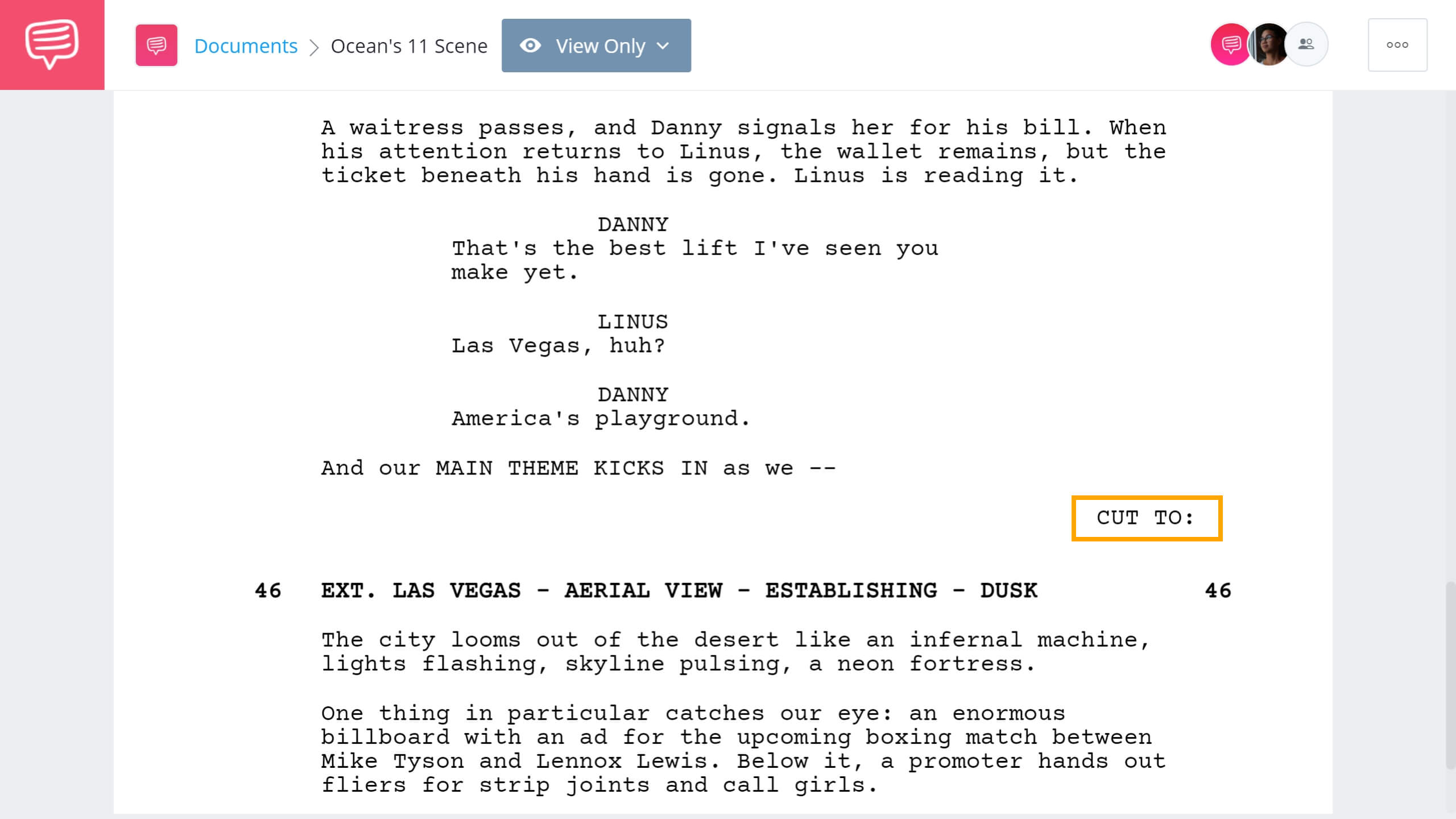
You should develop a system for labeling each of your wardrobe elements to keep track of them all. In big productions that span many script days, this can become very challenging to track and organize. That character is “cast” in every scene where she appears, even those where she’s just another face in the crowd.įor each story day in your script, your characters are (presumably!) wearing Costumes. We’ve encountered this rule before: if a character has a line in one scene, but no lines in another scene, that character isn’t categorized as “cast” in one breakdown sheet and “extra” in another. This script breakdown example is a good time to review a basic rule of breakdown sheets:Įvery element can appear in only one category. (They’re set dressing, which is a category we’ll discuss soon!)īut what if the pirate captain tears the curtain off the wall in his zeal? At that point, the curtains are no longer being handled in a usual manner - they are props.īut there’s a kicker: unless the curtains that are ripped off the window are different than the curtains that will appear on that window at other times in the film, those curtains are ALWAYS props, even in the breakdown sheets for scenes where they simply hang there looking pretty. There’s nothing unusual about pulling aside the curtains, so, in this scene, the curtains are not a prop. The curtains are part of the set, so we must ask if they’re being handled in the usual manner. In this hypothetical scene from my pirate film, the pirate captain hears a noise outside his cabin and pulls aside the curtains to look out the window. A SCRIPT BREAKDOWN EXAMPLE: THE PIRATE CURTAINS If it is being handled in the usual manner, then it’s not a prop. If it is part of the set, then.Is the object being handled in the usual manner? If not, it’s a prop. Is the object part of the set? If not, it’s a prop.

If a character interacts with part of the set that might otherwise be considered set dressing - does that change the category of that object? The general rule is that if a character interacts with an object, that object is a prop, otherwise it’s something else.īut this rule can get confusing.
The truth is, this is a big category, but not every small object in a scene is a prop. Every scene seems to have oodles of small objects that somehow fall into the props category if you’re not paying attention. The Props category can easily get cluttered.


 0 kommentar(er)
0 kommentar(er)
